Top Presentation Tips for Math Students: From Explaining Formulas to Creating Clear Slides

Essential Presentation Tips for Math Students: From Formulas to Engaging Slides
When it comes to explaining complicated ideas to an audience, math can be a very hard subject. It’s really important to be able to express mathematical ideas clearly, whether you’re presenting a hard formula, showing a proof, or taking someone through a problem-solving procedure. Here are some great advice for math students on how to make clear presentations, explain mathematics clearly, and keep your audience interested.
1. Understand Your Audience
Think about who your audience is before you start making your presentation. Are they math students, teachers, or maybe those who don’t work in math? Make sure your terminology, level of difficulty, and style fit with what they know. When planning how to arrange your material, references to different presentation formats — for example, the style seen at DoMyPresentation can help you notice how information is typically structured, without affecting the content you’re creating. If you’re talking to people who aren’t professionals, you might need to make technical terms easier to understand and include more intuitive explanations. But when you’re talking to somebody who knows arithmetic, you can go into more detail about technical things while still keeping the flow logical.
2. Make complicated formulas easier to understand
One of the hardest parts of giving a math presentation is explaining formulas. It can be scary to look at math problems, but breaking them down into smaller chunks can make it easier for your audience to understand. This is how you should go about it: For additional educational resources,. For additional educational resources U.S. Department of Education website.
- Step by step, introduce the formula: Don’t give your readers a complete equation all at once. Start with the basics and explain each part separately before putting them all together.
- Use comparisons: Make mathematical concepts easier to understand by comparing them to things or events that your audience can connect to. For instance, you can conceive of functions as machines that take in data and give out data.
- Think about the goal: Tell us what the formula is for, why it’s significant, and how it fits into the bigger picture of the subject you’re talking about.
3. Learn how to solve problems well
Many students find it hard to go through the stages of solving a math issue during a presentation. Here are several ways to make the procedure clear: For additional educational resources,.
Make it apparent by breaking it down into steps: Make sure to go through the problem step by step when you try to solve it. Number each step and tell us why you made the choices you did. For additional educational resources,.
Show the steps in between: Even if they seem obvious, don’t skip any stages. Showing every calculation or logical step helps people understand the process better and makes it easier for them to follow. For additional educational resources,.
Use pictures: Charts, graphs, and diagrams can help people understand a lot better. Visual aids make abstract ideas easier to understand by giving them a concrete form.
4. Make sure your slides are clear and well-organized.
Making a presentation that looks good and is easy to follow is really important for keeping your audience interested. Here’s how to make slides that go well with what you’re saying:
Minimal text: Use short bullet points instead of extensive paragraphs. Slides should not be a word-for-word record of your speech; they should only highlight the main points.
Mathematical notation: Your symbols and formulas should be easy to read. Use a clear, professional font like LaTeX to show equations, and make sure the font size is big enough for everyone to read easily.
Use color sparingly: Colors can help draw attention to crucial portions of a diagram or equation, but don’t go overboard. To keep your audience’s attention, use a minimal color palette.
Keep your slides in order: Make sure your presentation makes sense. Start with an opening slide, then go on to the major content, then end with a summary or key points. This arrangement helps your viewers understand the material.
5. Work on speaking clearly and with confidence
When giving a math presentation, it’s important to be clear. If you hurry through hard ideas or mumble your explanations, it will be hard for your audience to stay up. These are some tips for giving a clear, confident presentation:
- Practice ahead of time: Go over your presentation several times before you give it. Knowing your material well will make you feel more sure of yourself and less likely to make mistakes.
- Make good use of pauses: When you pause, your audience has time to think about what you just said. After you communicate an important idea or formula, give the students a moment to think about it.
- Keep eye contact: This keeps your audience interested and makes sure you aren’t just reading off the slides. You can also tell if your audience is paying attention.
6. Talk to Your Audience
You may still make your presentation interactive even if it is in a formal atmosphere. Getting your audience involved keeps them interested and makes sure they understand the ideas. Here are some ways to get involved:
Ask questions: Ask questions from time to time to make sure your audience is following along. This might be a quick review question or a way to obtain feedback.
Encourage participation: If it’s suitable, let people in the audience help solve a problem or share their thoughts. This makes the environment more collaborative and helps people understand each other better.
Give examples: Use real-life examples or different kinds of situations to show how to use formulas and ideas. Your audience will stay fascinated if you show how abstract ideas are useful.
7. End with a strong summary
At the end of your presentation, it’s important to go over the main points again. Write down the important ideas, equations, and concepts you’ve talked about. This helps your audience remember what you said and gives them a fast summary before the end of the presentation. You can also provide your audience a few resources to read or practice with so they can keep learning after the event.
8. Get ready for questions
People will probably ask you questions after your presentation. Be ready to go into greater detail about anything you’ve talked about. If you don’t have all the answers right away, that’s fine. Just take a moment to ponder, and if you need to, offer to get back to them with more information later. Being able to answer inquiries with confidence shows that you know what you’re talking about.
Final Thoughts
Teaching arithmetic concepts doesn’t have to be hard. You can make even the hardest concepts and theories easy to understand and fun for your audience if you plan ahead, give clear explanations, and use fascinating images. If you follow these recommendations, you’ll not only get better at giving presentations, but you’ll also get better at explaining math ideas clearly and effectively, which will help others see how beautiful math is.
Frequently Asked Questions
How do you add and subtract mixed fractions?
To add and subtract mixed fractions, first convert the mixed fractions to improper fractions. Then, for addition, add the numerators and keep the denominator the same. For subtraction, subtract the numerators and keep the denominator the same. Remember to simplify the result if needed by reducing to the lowest terms. For more practice and detailed examples, you can explore EffortlessMath’s page on fractions.
What is a quantitative formula?
A quantitative formula is a mathematical equation that represents a relationship between different quantities or variables using numbers and symbols. These formulas are used in various mathematical concepts such as geometry, algebra, statistics, and more to solve problems and make calculations. To learn more about how to work with formulas in math, you can check out EffortlessMath’s page on math formulas.
How do you multiply and divide decimals?
To multiply decimals, you multiply the numbers as if they were whole numbers, then count the total decimal places in the numbers you’re multiplying and place the decimal point in the answer that many spaces from the right. When dividing decimals, move the decimal point in the divisor to make it a whole number, move the decimal point in the dividend the same number of places, then divide as normal. For more detailed step-by-step guidance on multiplying and dividing decimals, you can check out the resources on EffortlessMath.com: Multiplying Decimals and Dividing Decimals.
Related to This Article
More math articles
- Best Calculators for Linear Algebra and Calculus
- Top 10 Tips You MUST Know to Retake the CHSPE Math
- 7th Grade ACT Aspire Math Practice Test Questions
- 7th Grade Georgia Milestones Assessment System Math Worksheets: FREE & Printable
- How to Solve and Graph One-Step Multiplication and Division Equations
- 4th Grade New York State Assessments Math Worksheets: FREE & Printable
- Top 10 5th Grade ACT Aspire Math Practice Questions
- 6th Grade FSA Math Practice Test Questions
- How To Check Your Work During Math Exams?
- The Ultimate TABE Math Course (+FREE Worksheets & Tests)
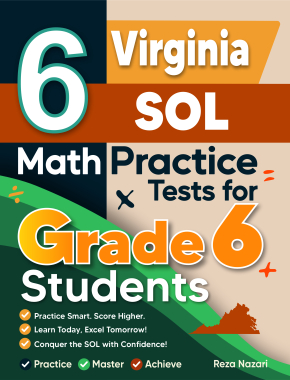
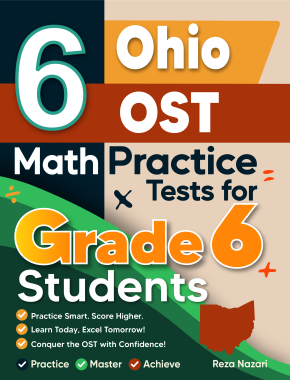



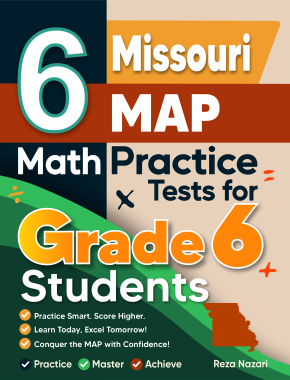

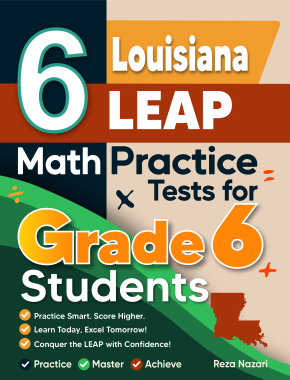
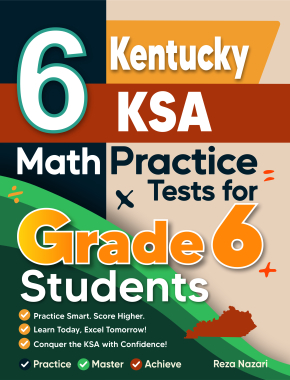


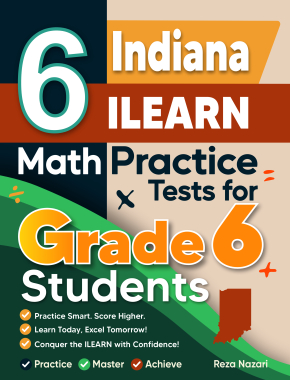
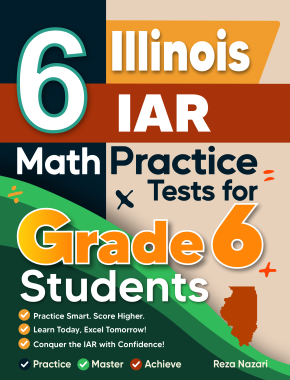
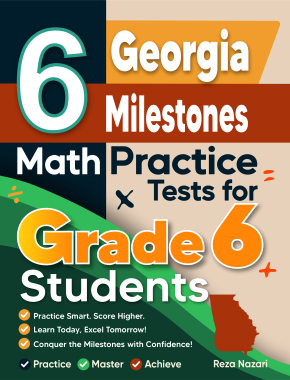






















What people say about "Top Presentation Tips for Math Students: From Explaining Formulas to Creating Clear Slides - Effortless Math: We Help Students Learn to LOVE Mathematics"?
No one replied yet.